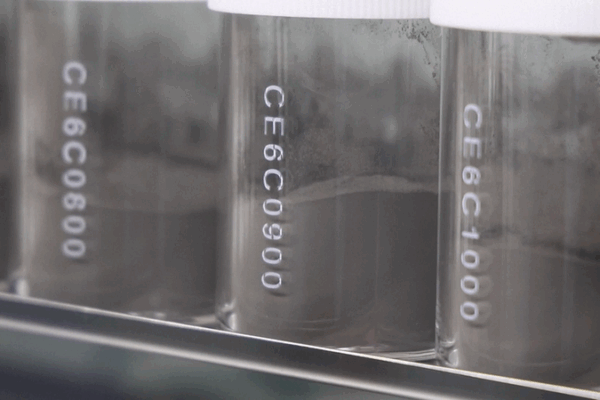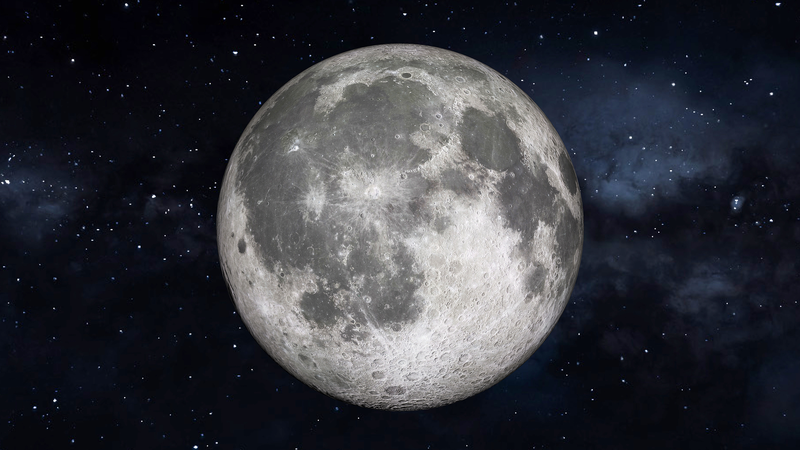
Chang’e-6 Samples Unlock Secrets of Moon’s Far Side
Chinese scientists use Chang’e-6 samples to trace volcanic activity, magnetic shifts and water differences in the moon’s far side, reshaping our understanding of lunar evolution.
My Global News: Voices of a New Era
🌍 Stay Ahead, Stay Global 🚀

Chinese scientists use Chang’e-6 samples to trace volcanic activity, magnetic shifts and water differences in the moon’s far side, reshaping our understanding of lunar evolution.

French scientists at IPGP are analyzing Chang’e-5 lunar samples using isotope testing, part of a larger China National Space Administration initiative to share moon rocks with global researchers.

Chang’e 6 mission’s analysis of lunar samples reveals the moon was once covered by a global magma ocean, providing key insights into its origin and evolution.

Explore how the Lantern Festival blends celestial science with centuries-old traditions, illuminating cultural and lunar connections.
Chang’e-5 mission’s analysis reveals the Moon had a weak yet active magnetic field 2 billion years ago, providing new insights into its geological history.
China’s Chang’e-6 mission marks a historic milestone by collecting lunar samples from the moon’s far side, paving the way for groundbreaking discoveries in lunar science.